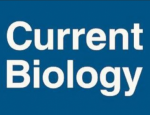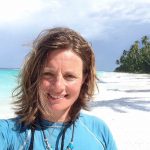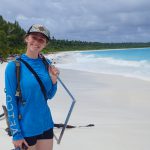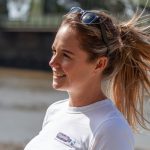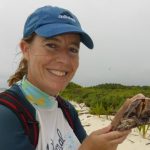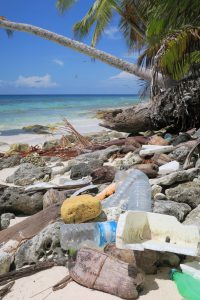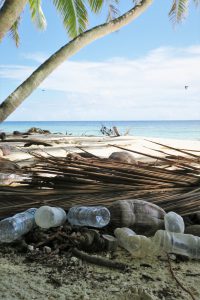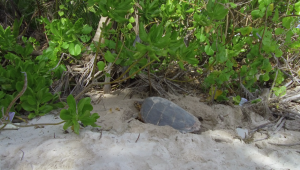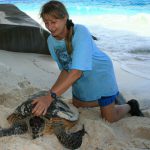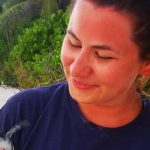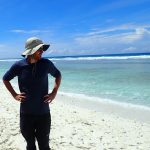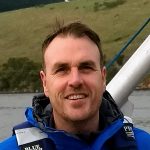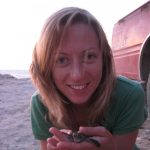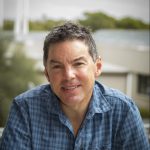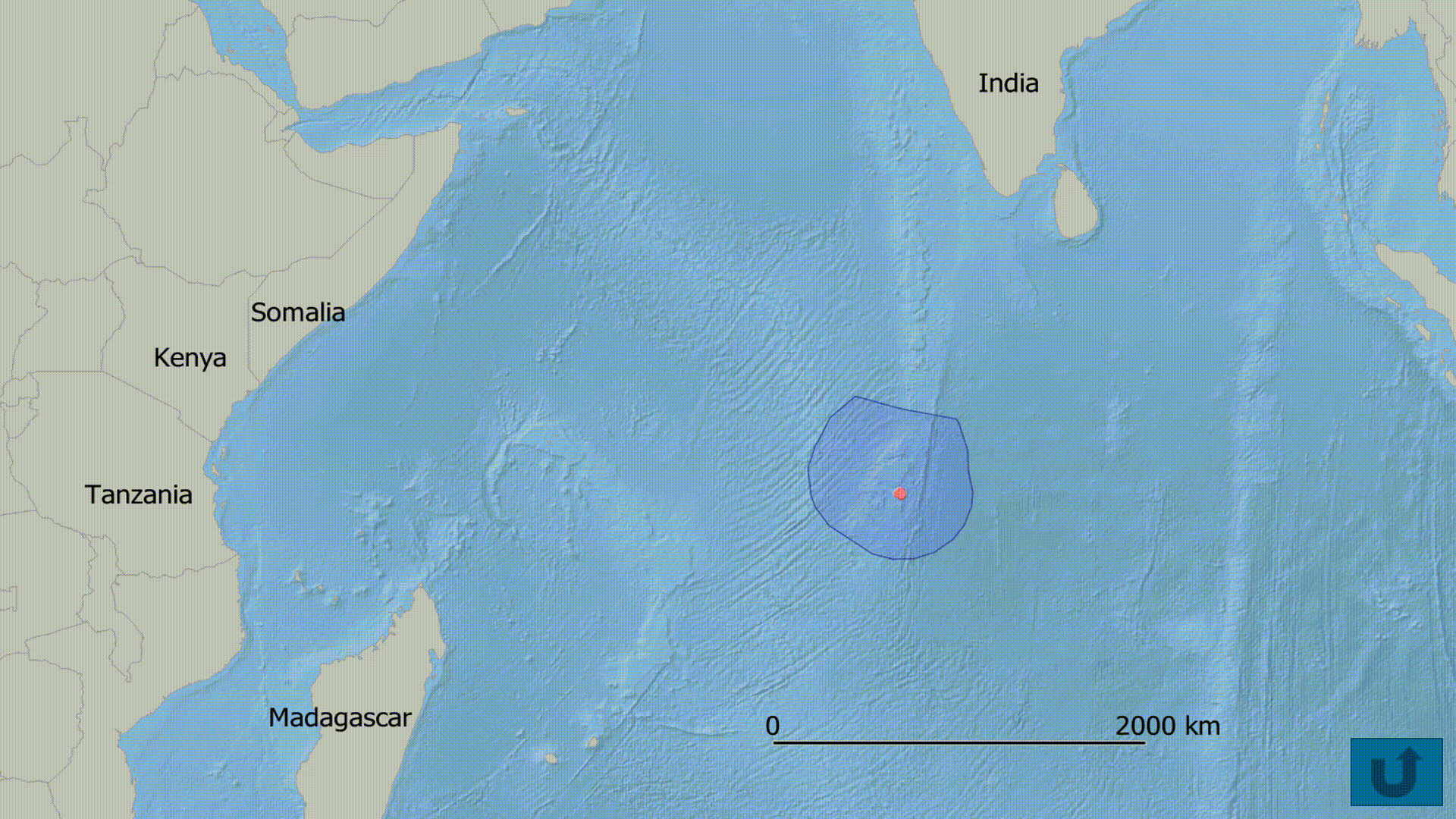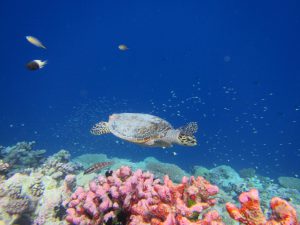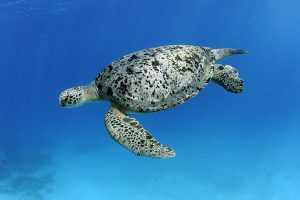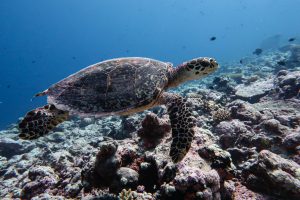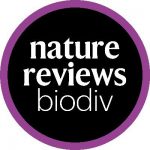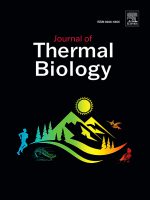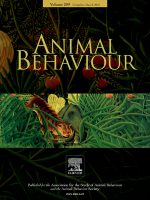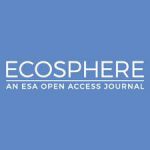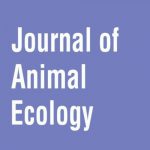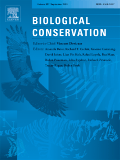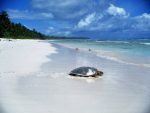Profile
The ability of sea turtle populations to rebound following adequate protection should inspire us all to do more to conserve the world’s remaining habitats for all species.
Biography
My Project
Other interests
I also have a research interest in sea turtle nest incubation conditions, and the impact of micro- and macro-plastics in beach sediment.
My Publications

Optimization of Swim Depths Across Diverse Taxa Furing Horizontal Travel
Stokes, K.L., Esteban, N., Casale, P., Hays, G.C. (2024) Optimization of swim depths across diverse taxa during horizontal travel. PNAS

Assessing the Impacts of Satellite Tagging on Growth of Immature Hawksbill Turtles
Stokes, H.J., Stokes, K.L., Mortimer, J.A., Laloe, J-O., Esteban, N., Hays, G.C. (2024). Assessing the impacts of satellite tagging on growth of immature hawksbill turtles. Methods in Ecology and Evolution.

High Dive Efficiency in Shallow Water
Stokes, K.L., Esteban, N., Stokes, H.J., Hays, G.C. (2023). High dive efficiency in shallow water. Marine Biology.



